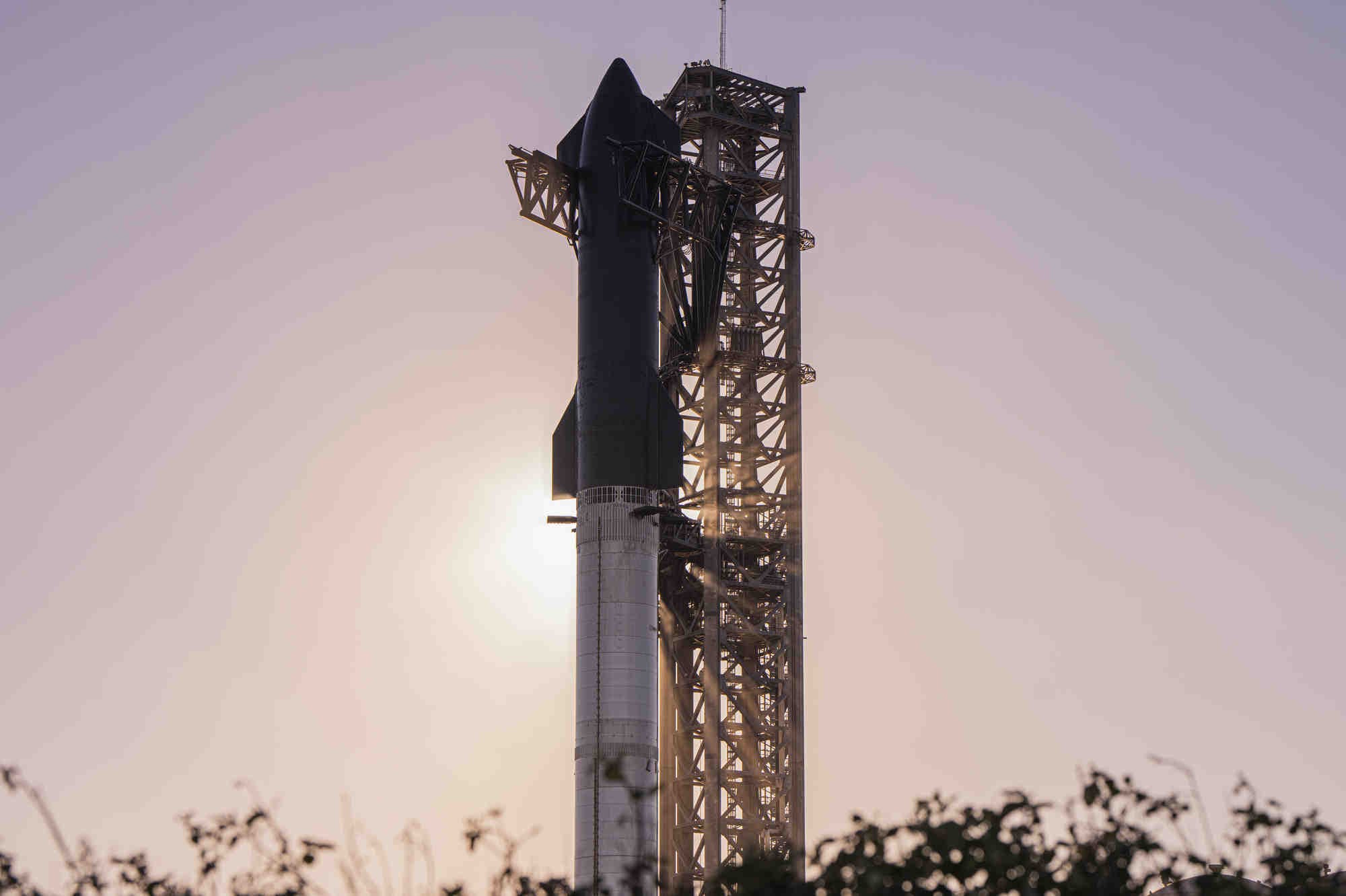
Starship is a critical component in NASA's plan to return humans to the moon this decade
SpaceX’s next-generation rocket designed to transport humans to Mars is set to make a third attempt at reaching orbit as soon as February, according to SpaceX executive Jessica Jensen.
Jensen gave the updated timeline for Starship's next test flight at a press conference on Tuesday with NASA, where the agency delayed the schedule for its moon missions, Artemis II and Artemis III.
Designed to be fully reusable and carry as many as 100 people into space, Starship is a critical part of NASA's Artemis ambitions. It is currently pegged to help transport NASA astronauts from orbit to the moon's surface as part of the Artemis III mission, but so far, it has not made it to orbit. In its first two tests, it blew up — during the first, just minutes into the flight, and in the second, some fifteen minutes in.
Speaking during the press conference, SpaceX Vice President of Customer Operations & Integration Jensen said Starship hopes to be ready to test Starship once more by the end of January and to receive the necessary license from federal authorities to do so by the end of February.
NASA administrator Bill Nelson said on Tuesday that the agency had decided to delay Artemis II and III for safety reasons. As part of that, NASA officials said, was ensuring the safety of all the privately made spacecraft and other hardware that will be critical to Artemis' success — including Starship.
SpaceX's Jensen said that after a February test flight, Starship will need to go through multiple further flight tests, including missions to orbit, tests of its systems in space and an uncrewed moon landing before it would be ready for NASA to use as planned. Jensen predicted Starship would land on the moon as soon as 2025 — that's also when NASA now plans to send Artemis II on a crewed flight around the moon using the agency's Space Launch System rocket and the Orion spacecraft. Originally, that mission was meant to take place in 2024.
Starship is a key component for Artemis III. That is slated to be the first crewed mission to the lunar surface since 1972. Originally scheduled to launch in Dec. 2025, it has been pushed back to September 2026.
In Artemis III, four astronauts — including the first woman, non-American and person of color destined to walk on the moon — will be launched into space aboard NASA’s Space Launch System rocket and the Orion crew capsule.
Once Orion reaches the moon's orbit, so the plan goes, it will dock with a waiting Starship. The astronauts will then descend to the moon on the Starship, stay for a week, and then depart on Starship, before linking back up with the Orion and returning to Earth.
On Tuesday, Jensen said Starship is still a long way from testing key factors in the Artemis missions. Ultimately, Starship will need to pass evermore challenging test flights before Artemis III, including landing on the moon.


 CoinPedia News
CoinPedia News CoinPedia News
CoinPedia News CoinPedia News
CoinPedia News suncrypto.in
suncrypto.in TheCoinrise Media
TheCoinrise Media CoinPedia News
CoinPedia News BH NEWS
BH NEWS Optimisus
Optimisus DogeHome
DogeHome






















